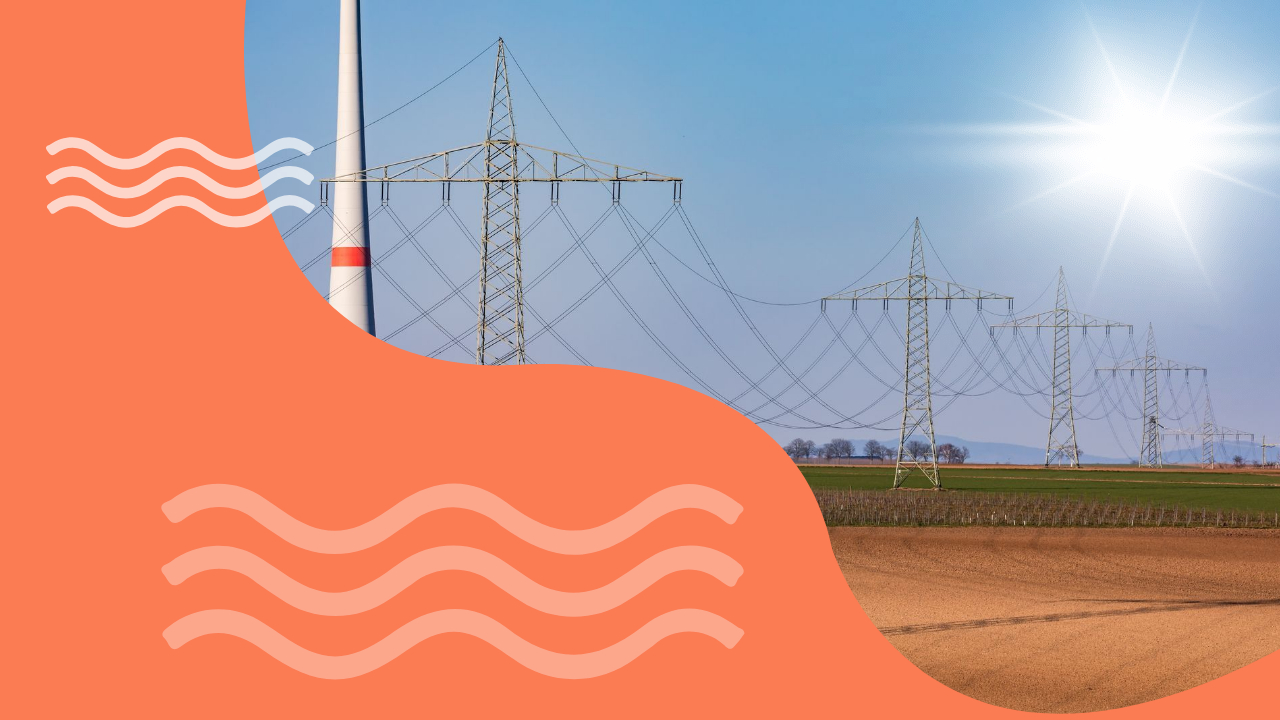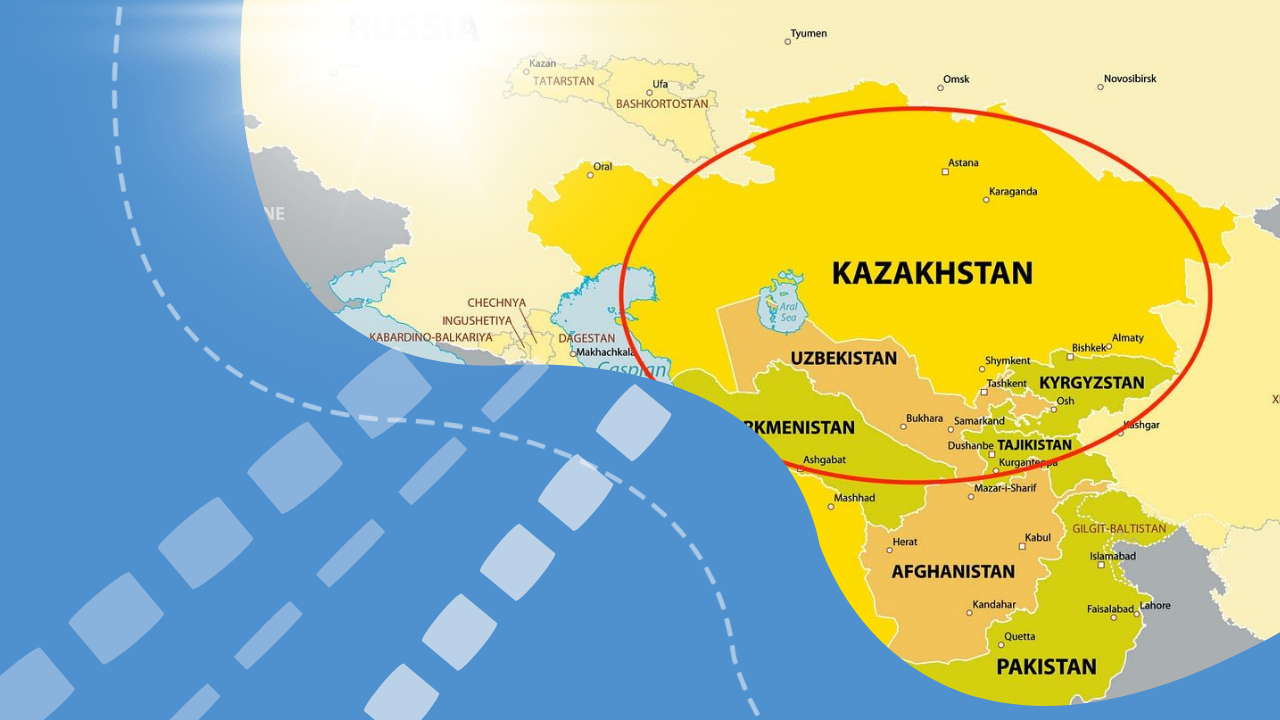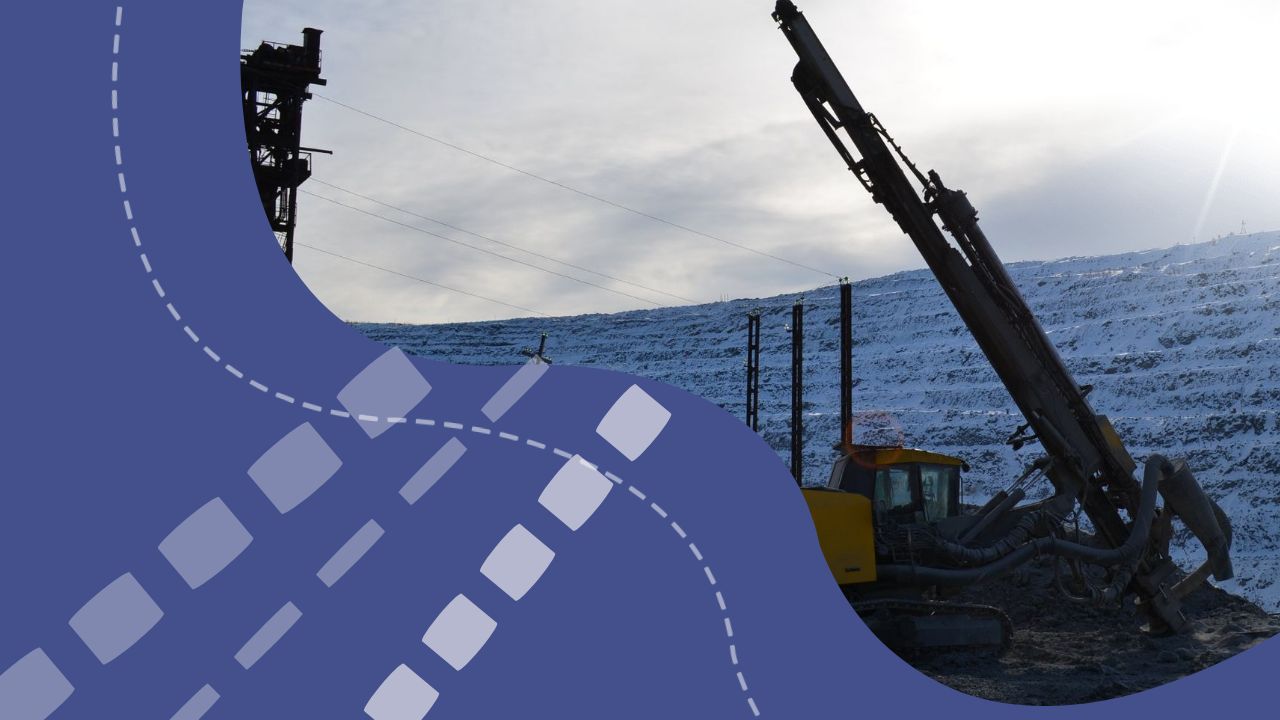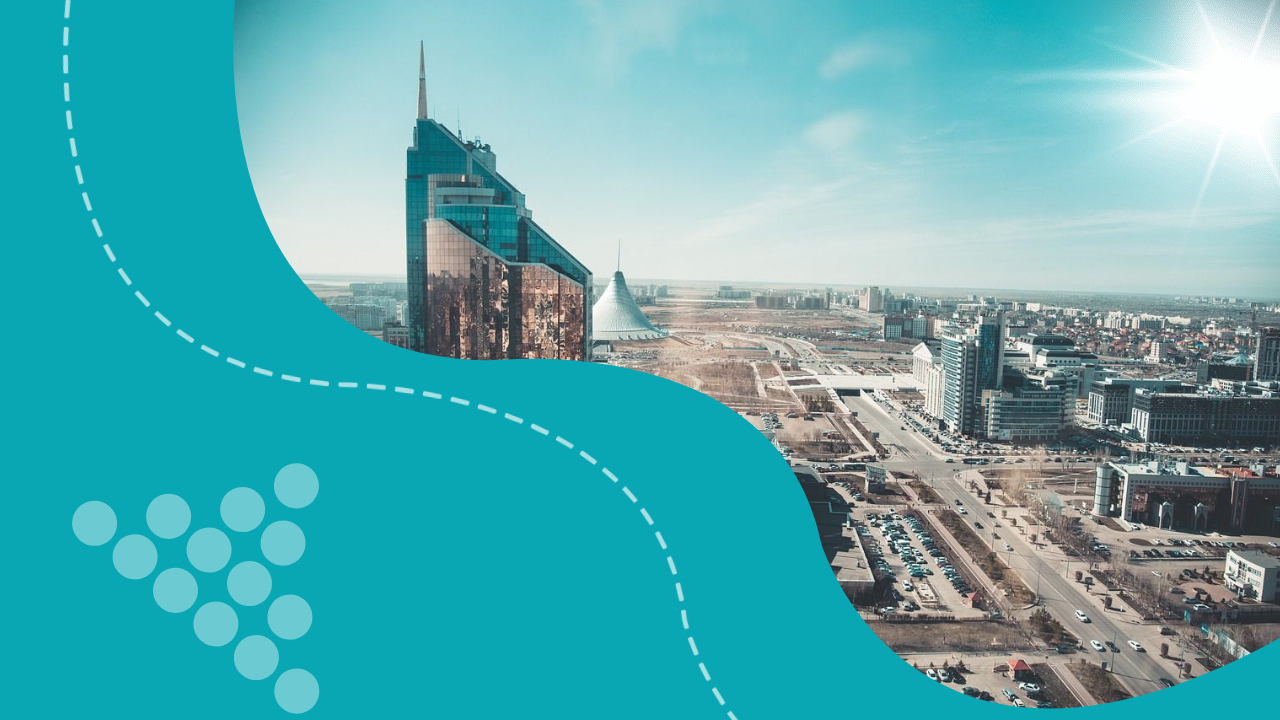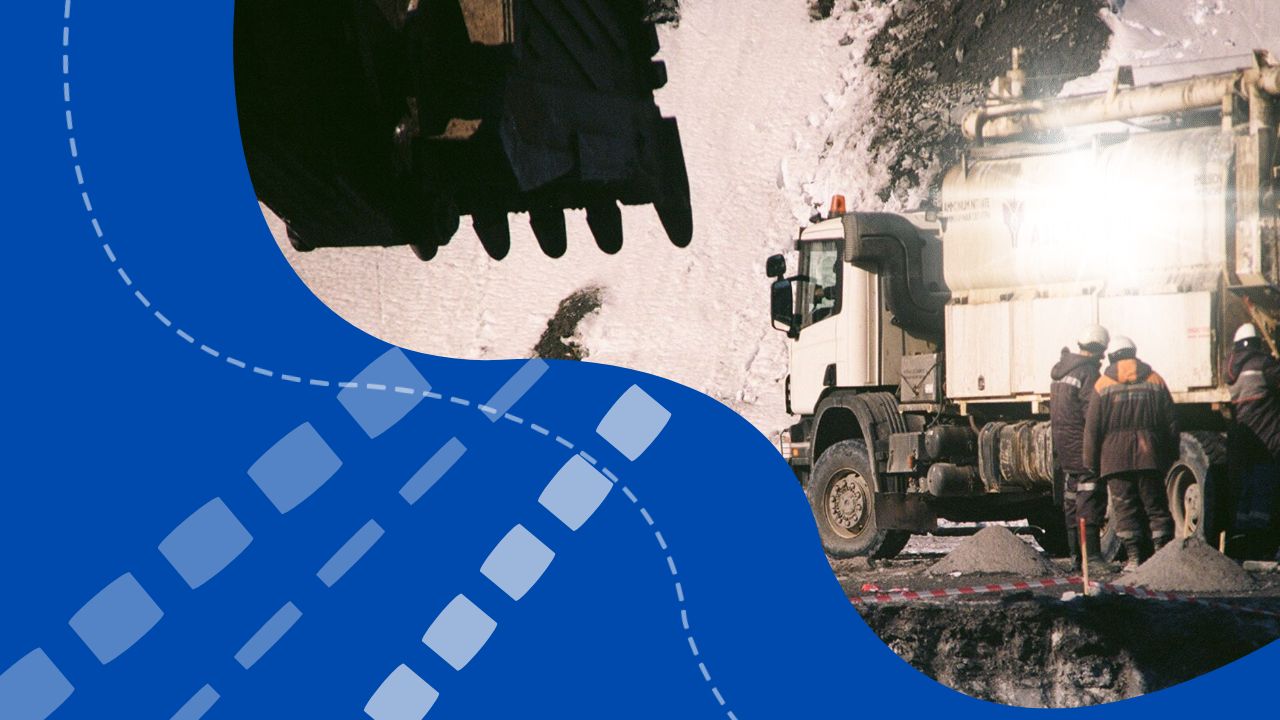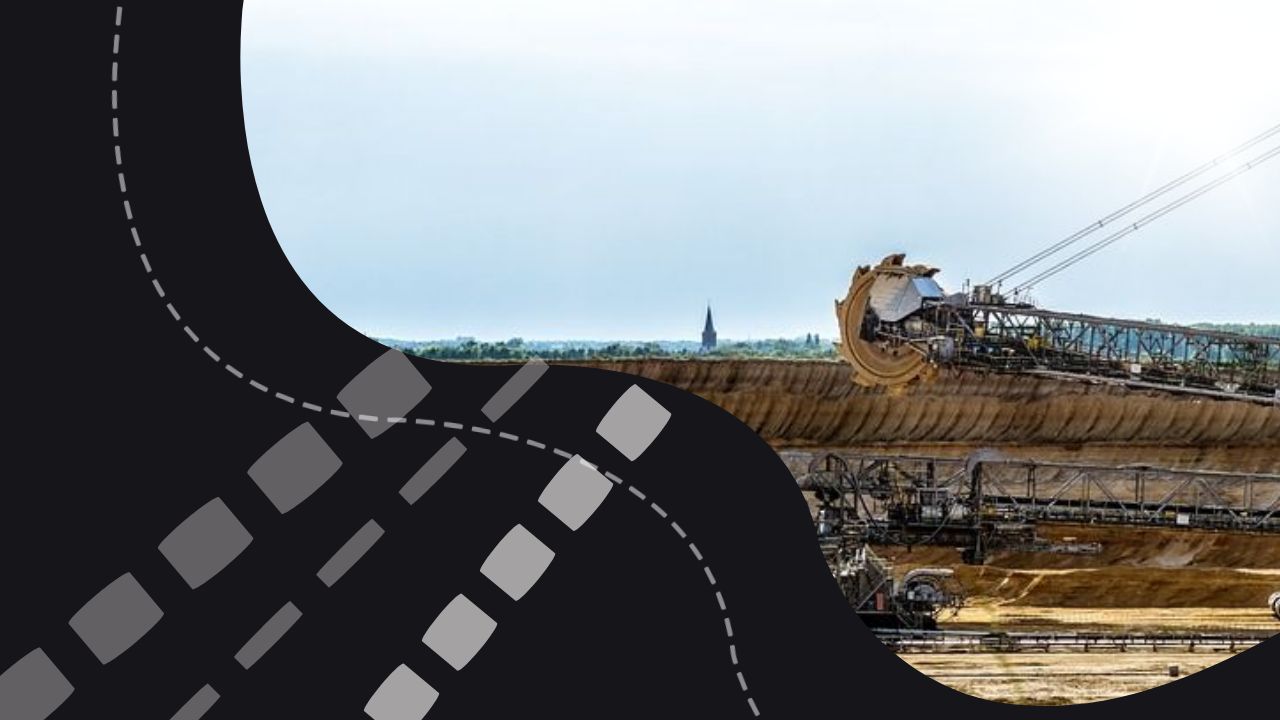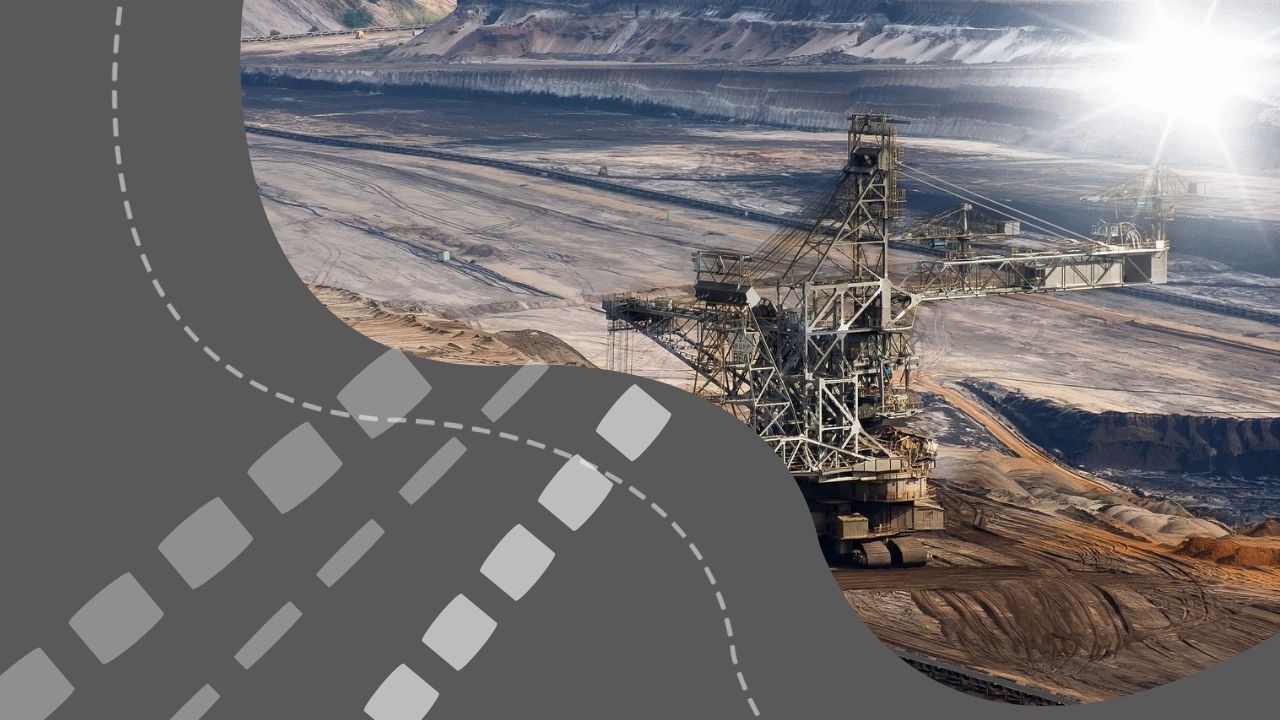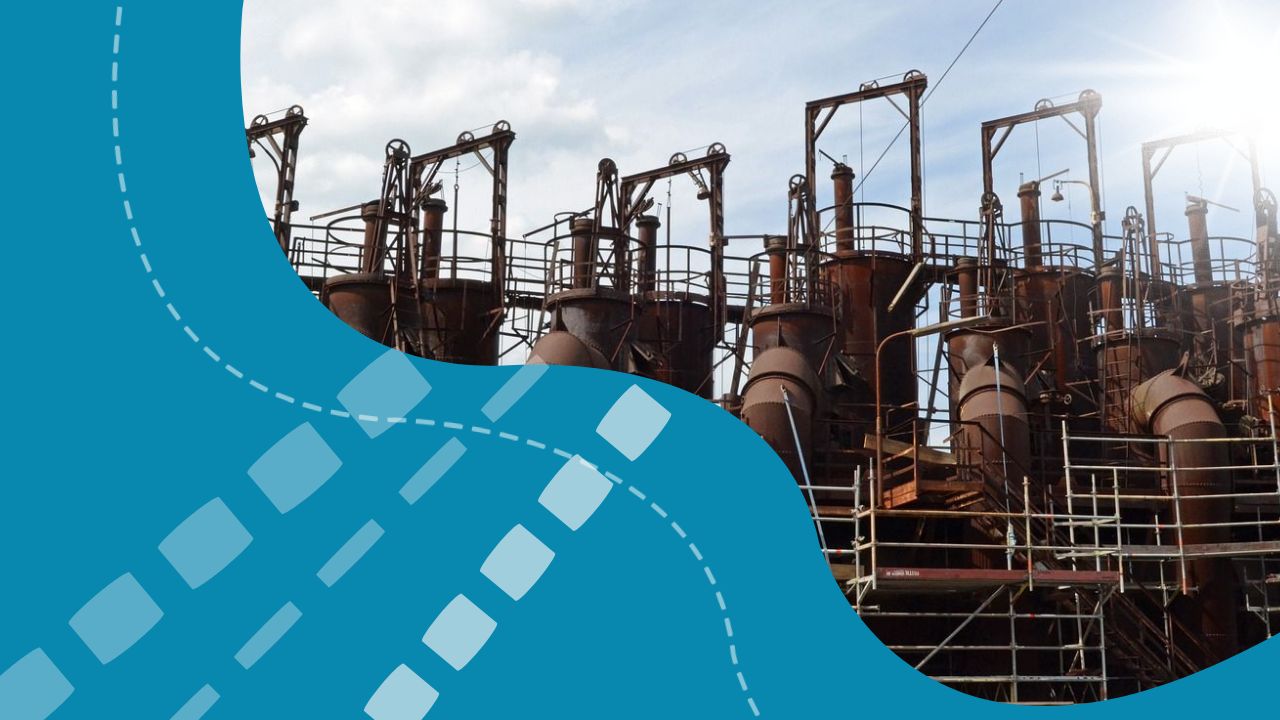In a recent off-site meeting in Kazakhstan, deputies, geologists, and representatives of authorized bodies convened to discuss issues pertaining to geological exploration and potential solutions. It’s worth noting that last autumn, Kazakhstan’s President Kassym-Jomart Tokayev instructed to increase the number of prospective territories for geological exploration to 2.2 million square kilometers by 2026.
During the discussion, industry experts expressed concerns over insufficient funding for exploration activities, as reported by the AGMP press service. Recent records indicate a decline in investments in geological exploration in Kazakhstan. For instance, the value of minerals exported from the country in 2023 exceeded annual investments in exploration by six times.
It is known that Kazakhstan’s investment in geological surveys amounts to only $8 per square kilometer, whereas Russia spends $28 on similar research areas, and Uzbekistan and the United Kingdom allocate $97 and $267 respectively.
In light of this, Erlan Akbarov, the head of the RK Geological Committee, acknowledged that in the absence of funds to bolster efforts in exploring valuable subsoil resources, it might be necessary to reallocate finances earmarked for other purposes. According to Mr. Akbarov, a portion of the budget allocated for scientific research and experimental design work could be invested in geological exploration.
As of today, subsoil users spend around 73 billion tenge on research and development.

